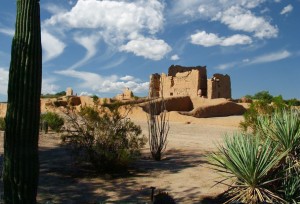
The O’odham have a familial relationship of shared cultural group identity that can be traced historically and prehistorically to the Huhugam that inhabited central and southern Arizona, as well as the northern region of present-day Mexico.įrom published literature, the O’odham word Huhugam was first recorded in 1694 upon the discovery of Sivan Vahki (also known as Casa Grande Ruins) and in later years appeared in various documents such as the O’odham oral narratives written down in 1775 by Father Pedro Font. O’odham of the Tohono O’odham Nation also occupy lands at San Lucy in Gila Bend, Florence Village east of Florence, and the San Xavier District Community in Tucson. The O’odham of central and southern Arizona are represented by four separate federally recognized tribal governments that include O’odham of the Gila River Indian Community, the Salt River Pima-Maricopa Indian Community, the Ak-Chin Indian Community and the Tohono O’odham Nation. Lewis of the Gila River Indian Community explains the meaning of the O’odham word Huhugam: Nonetheless, they were Huhugam, the ancestors of the O’odham. The few people still living in the area during the 15th century are not considered part of the Hohokam archaeological culture, because their pottery, architecture, and other traditions had changed.


Hohokam traditions changed and eventually disappeared as immigrants arrived and the region’s population declined over many generations. Hohokam, as an archaeological term, is limited to a specific time period. In this exhibit, the term Hohokam is used as a type of archaeological “shorthand” to refer to particular ancient groups based on distinct pottery manufacturing techniques, architectural traditions, and other customs. The observation that they vanished from the archaeological record centuries ago, yet have living descendants in the area, has long posed a dilemma for archaeologists. Important questions in Hohokam research have focused on what happened to these ancient groups and how they are related to modern Native Americans. Although “Hohokam” and Huhugam are similar in spelling and pronunciation, they have distinctly different meanings.

Archaeologists call the ancient people of the Sonoran Desert “Hohokam.” The O’odham people living in the region today refer to their ancestors as Huhugam.


 0 kommentar(er)
0 kommentar(er)
